
If your white walls are dirty, don’t use water—try this 5-minute “dry-clean” trick
Plain water often smears skin oils, pushes grime deeper into the paint, and leaves tide marks—especially on flat/matte finishes. Instead, “dry-clean” the wall first and use fast-evaporating cleaners sparingly. Do this and most marks disappear in minutes without streaks.
What you’ll need (budget list)
-
Microfiber cloth (tight weave)
-
Dry-cleaning sponge (also called a soot or chemical sponge)
-
70% isopropyl alcohol (rubbing alcohol)
-
Cotton pads or cotton swabs
-
Optional: white pencil eraser, melamine foam (magic eraser), painter’s tape
The 5-minute routine (works on most wall grime)
1) Dust without moisture (30–60s)
Fold a dry microfiber cloth into a thick pad. Wipe top-to-bottom in straight lines, overlapping slightly. This lifts loose dust so you don’t grind it into the paint later.
2) Lift dirt with a dry-cleaning sponge (1–2 min)
Use the dry-cleaning sponge dry. Press, dab, and pull away (don’t scrub in circles). These sponges grab soot, fingerprints, and film without wetting the paint. Rotate to a clean face as it darkens.
3) Spot-treat only what remains (1–2 min)
Lightly dampen a corner of your microfiber with isopropyl alcohol (the cloth should feel barely damp). Do not spray the wall.
-
Wipe marks with short, light strokes, moving from the clean area toward the spot.
-
Immediately buff dry with a clean, dry section of the cloth.
4) Final blend (30s)
Feather the cleaned edge with a dry cloth so there’s no sheen halo—crucial on matte walls.
Why this works
-
No plain water: avoids swelling the paint binder and creating streaks.
-
Dry-cleaning sponge: its porous rubber lifts soils like a lint roller for walls.
-
Isopropyl alcohol: dissolves skin oils and evaporates quickly, so it won’t leave water marks.
Quick stain playbook (choose one method; always test in a hidden spot)
-
Fingerprints/greasy smudges: Dry-cleaning sponge → tiny amount of isopropyl on microfiber → light strokes → dry buff.
-
Black scuffs from bags/shoes: White pencil eraser first. If needed, melamine foam very lightly (see cautions).
-
Crayon/colored pencil: Isopropyl on a cotton pad; dab and lift (don’t rub color across the wall).
-
Ballpoint/marker (non-permanent): Isopropyl on a cotton swab; trace just the ink line; blot with dry cloth.
-
Nicotine film/kitchen haze: Whole-area pass with the dry-cleaning sponge, then a very light alcohol wipe on microfiber.
-
Adhesive/tape ghosting: Isopropyl on a pad; hold 10–15 seconds, then wipe. Repeat rather than scrubbing.
Finish-specific tips (so you don’t leave shiny patches)
-
Flat/Matte paint: Most sensitive. Avoid pressure. Melamine foam can “burnish” (create a shiny spot)—use only for last-resort scuffs, minimal pressure, and blend with a dry cloth.
-
Eggshell/Satin: More forgiving. Still apply light pressure and buff dry.
-
Semi-gloss/Gloss: Resistant to moisture but shows swirls; use straight strokes and buff.
Safety & common-sense cautions
-
Ventilate the room. Keep alcohol away from flames/heat.
-
Don’t mix products. Stick to one cleaner at a time.
-
Never flood the wall, even with alcohol. If the cloth can be wrung out, it’s too wet.
-
If paint chalks onto your cloth immediately, the finish is fragile—clean gently or plan a touch-up.
When spots won’t budge (and still avoid water)
-
Refresh the sponge surface: Slice a thin layer off your dry-cleaning sponge to expose fresh pores and try again.
-
Localized touch-up: If the mark is actually paint transfer or the wall is burnished, the fastest fix is a small touch-up with leftover wall paint. Lightly sand a fingertip-sized area, dust, then dab paint with a foam brush, feathering the edges.
Prevent the grime from returning
-
Do a dry microfiber pass weekly on high-touch zones (switches, corners by doors, stair walls).
-
Keep a zip bag with a dry-cleaning sponge chunk and a travel-size alcohol bottle + cloth under the sink for 2-minute touch-ups.
-
At entryways, adjust furniture or add a small rail/hook so bags don’t brush the wall.
Mini troubleshooting
-
Shadowy halo after cleaning: You likely used pressure or too much liquid. Feather the area with a dry cloth; if matte paint still shows sheen, consider a small touch-up.
-
Smear gets larger: You’re moving oil around. Switch to fresh cloth + alcohol, working from clean area toward the center of the mark.
-
White powder on cloth instantly: Paint is degraded. Limit cleaning and plan repainting.
Bottom line
Skip water. Dry dust → dry-cleaning sponge → micro-dose of isopropyl alcohol → dry buff. That sequence erases most wall grime in minutes, keeps matte finishes happy, and leaves your white walls looking freshly painted—without streaks, swirls, or tide marks.
News in the same category

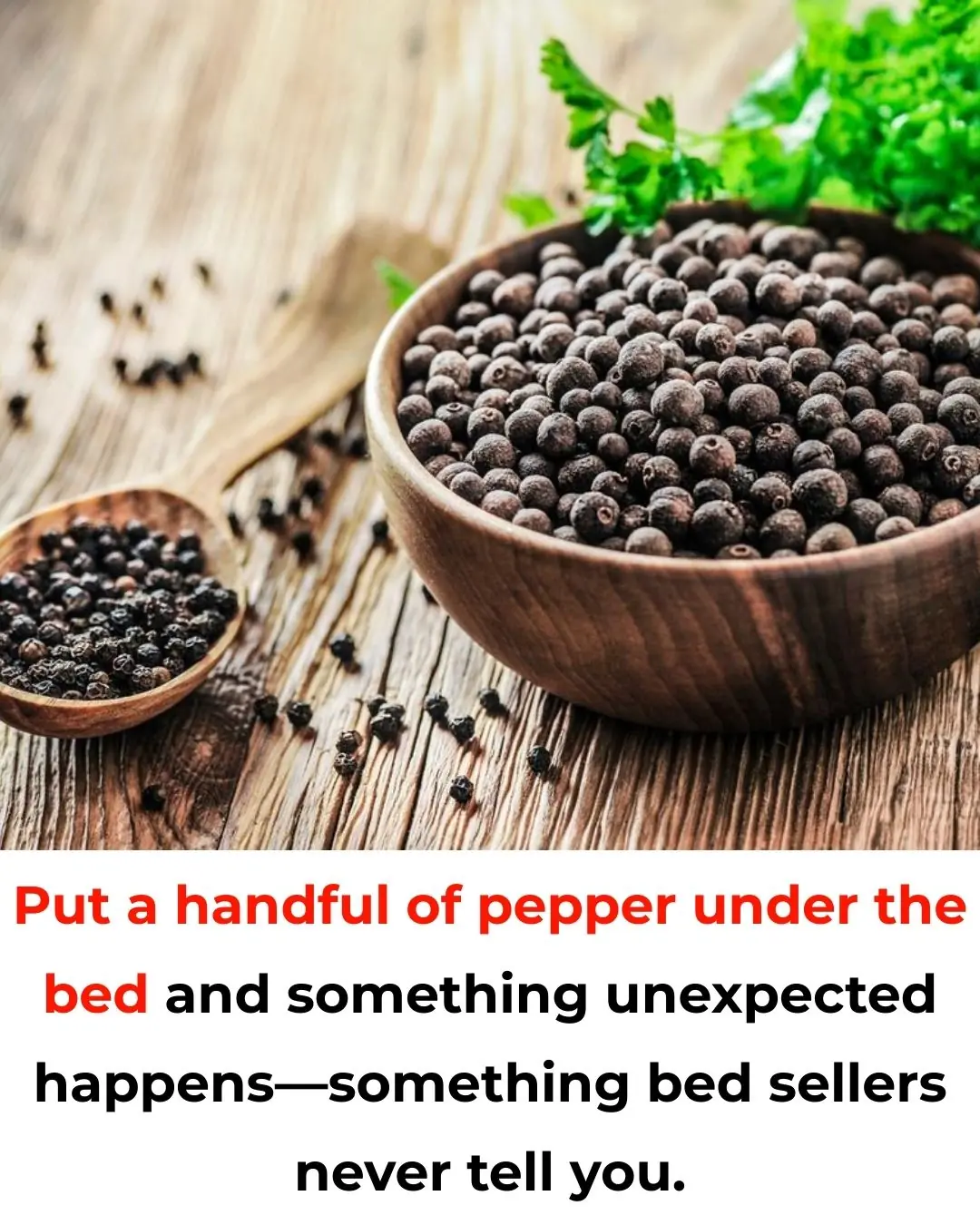
Put a Handful of Pepper Under the Bed and Something Unexpected Happens—Something Bed Sellers Never Tell You

Rice Left in the Rice Cooker Overnight—Can You Still Eat It? The Answer May Surprise You
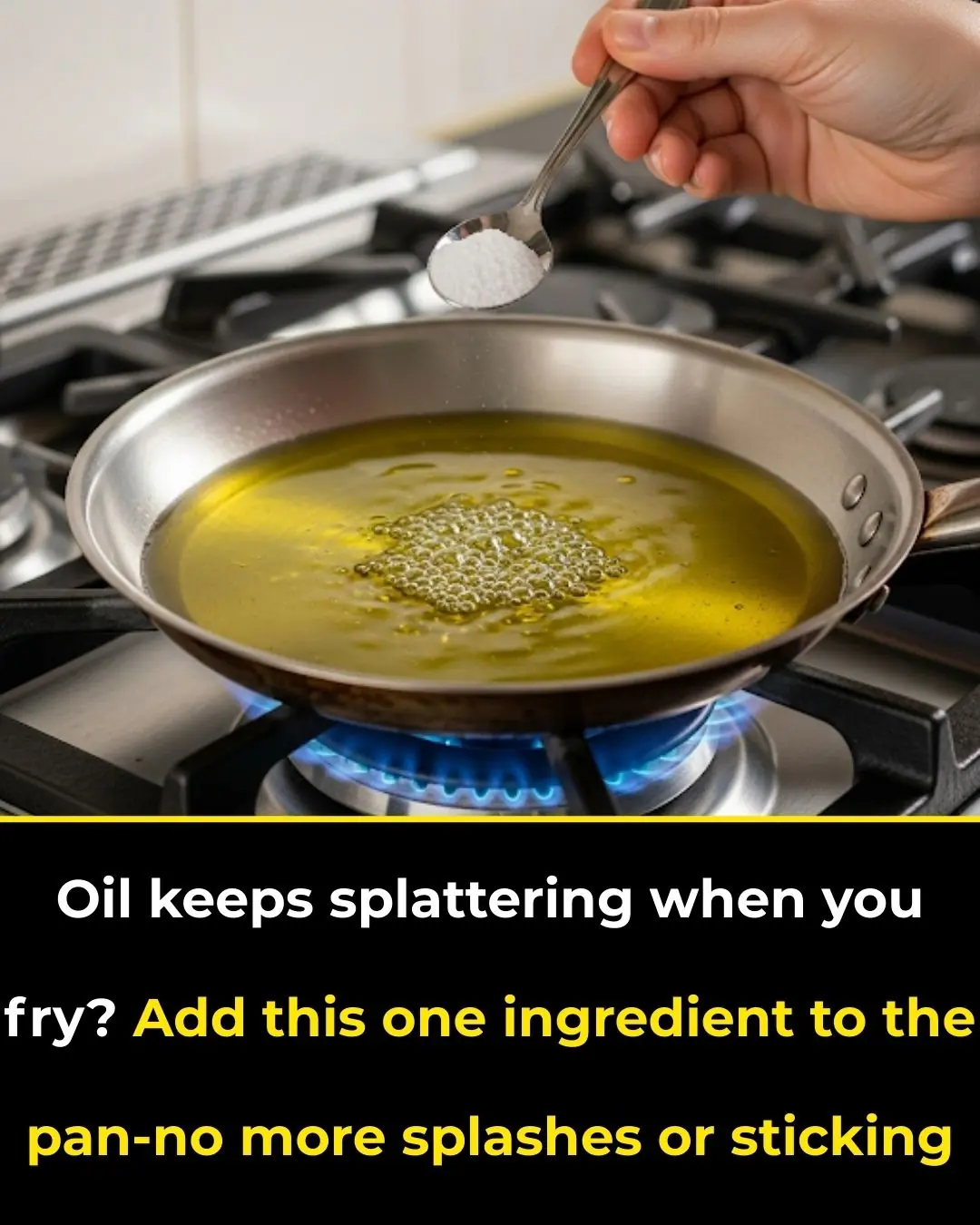
Oil Keeps Splattering When You Fry? Add This One Ingredient to the Pan—No More Splashes or Sticking
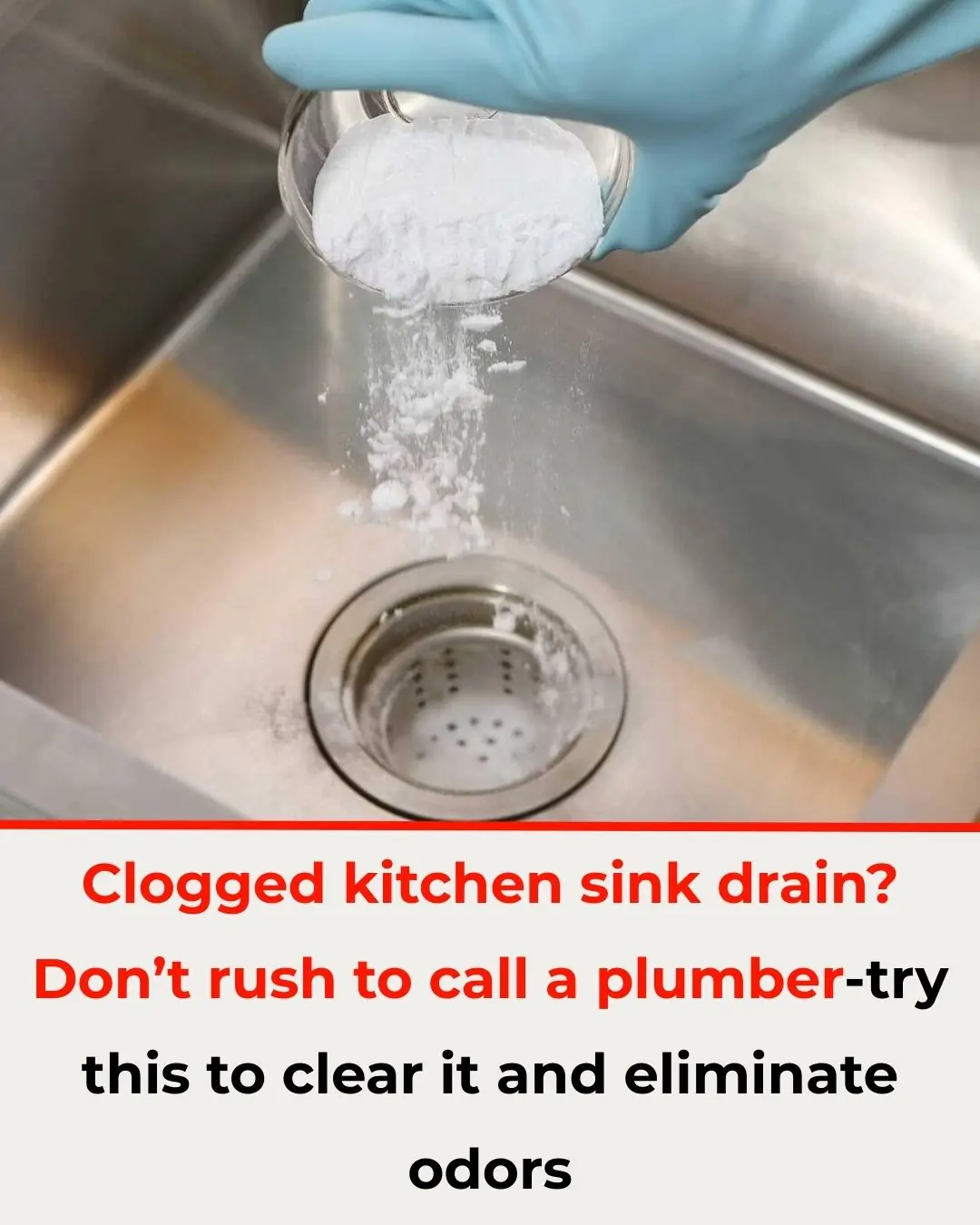
Clogged Kitchen Sink Drain? Don’t Rush to Call a Plumber—Try This to Clear It and Eliminate Odors

Washing Machine Loud and Shaking During Spin? Don’t Rush to Call a Technician—Do This and It’ll Run Smoothly

Should You Seal the Room When Running the Air Conditioner? Five Errors That Can Double or Triple Your Power Usage

Using an Electric Kettle: 9 Out of 10 Homes Make This Common Mistake – It’s Worth Reminding Family to Correct It Early
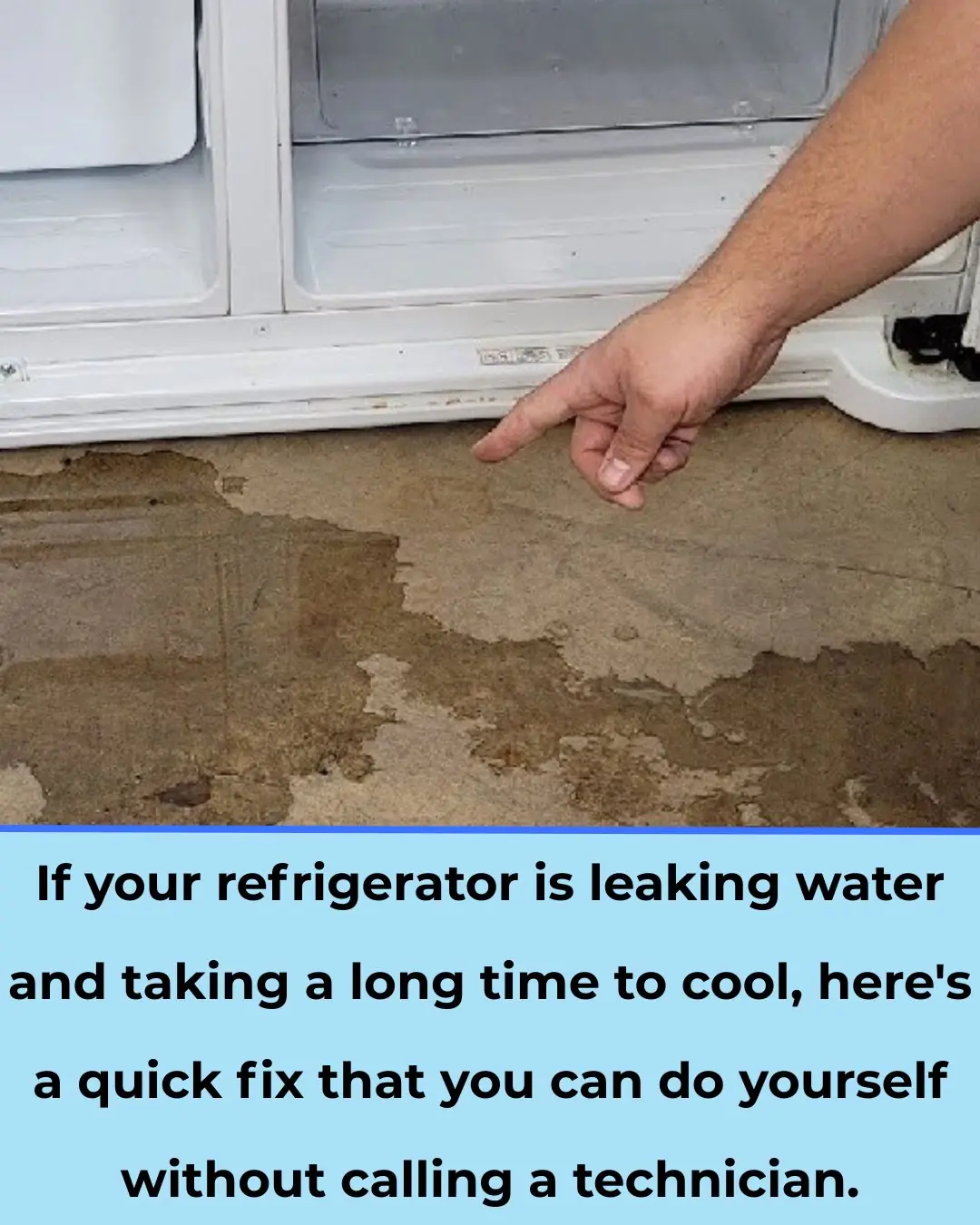
Fridge leaking water and cooling slowly? Do this quick DIY before calling a tech

8 types of plants that snakes avoid, do not dare to plant them near your house.
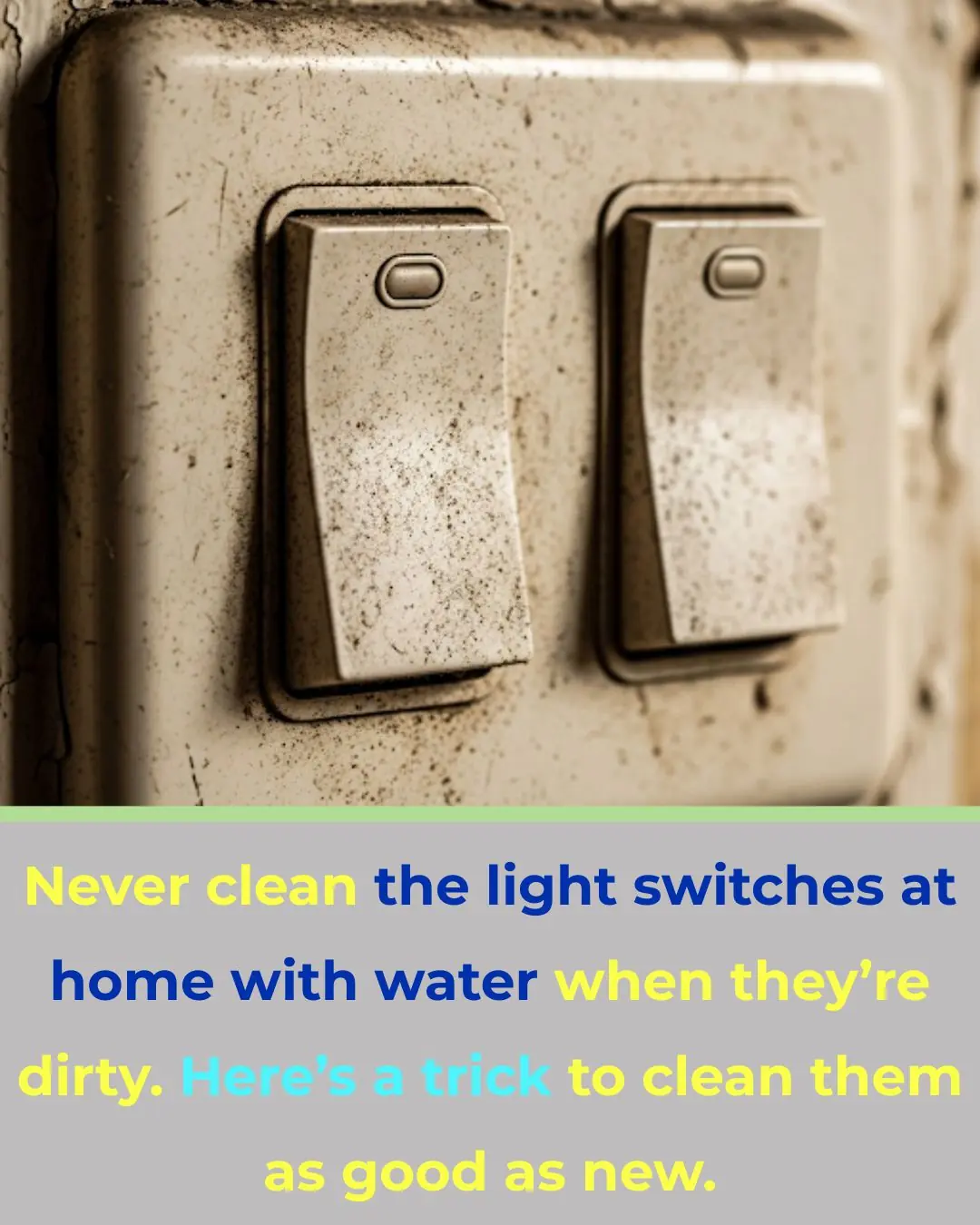
Never clean light switches with water—use this safe, foolproof method instead
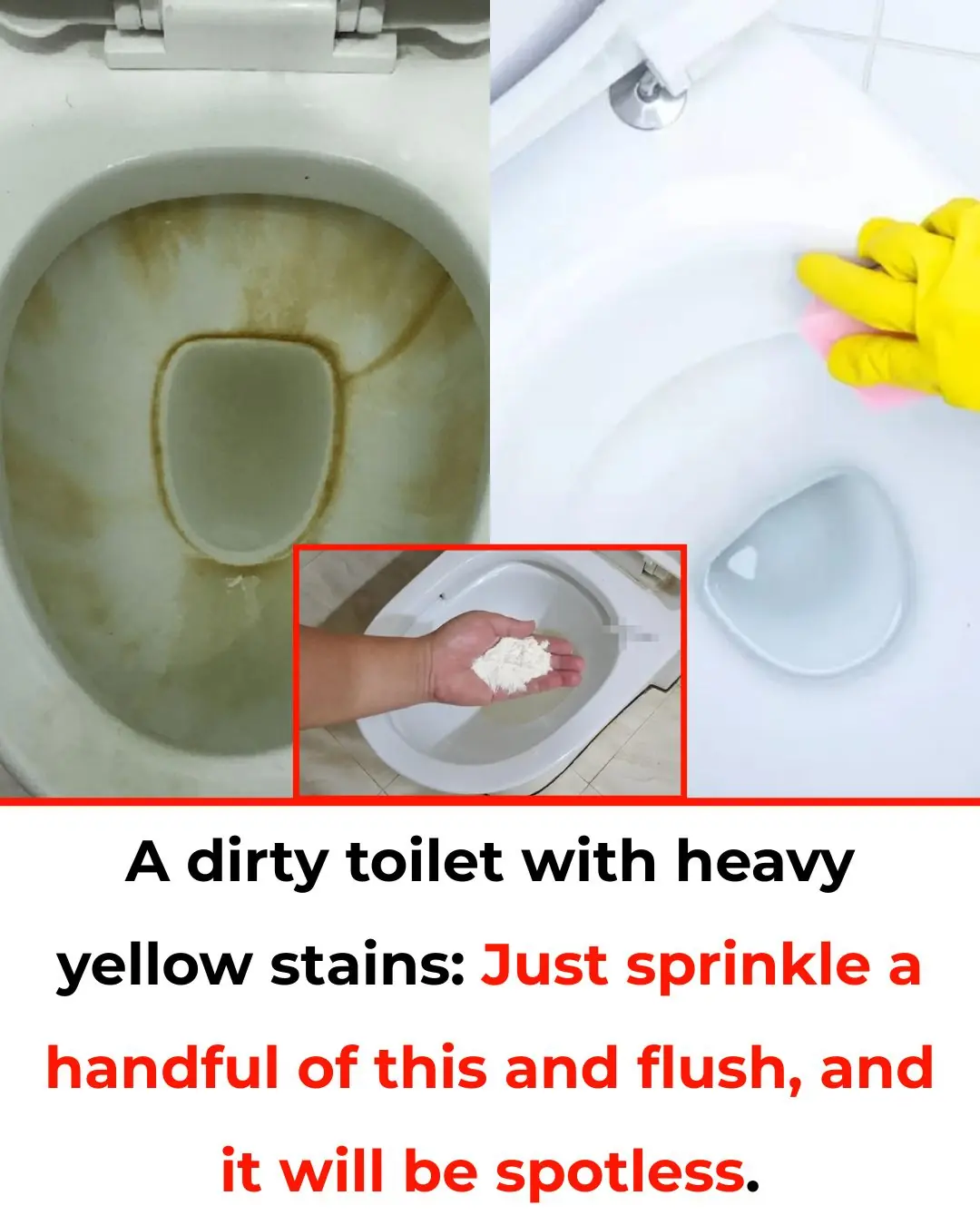
A dirty toilet with heavy yellow stains? Sprinkle a handful of THIS and flush (the safe way to make it spotless)

Don’t wear these two types of slippers on the plane—they can compromise your safety
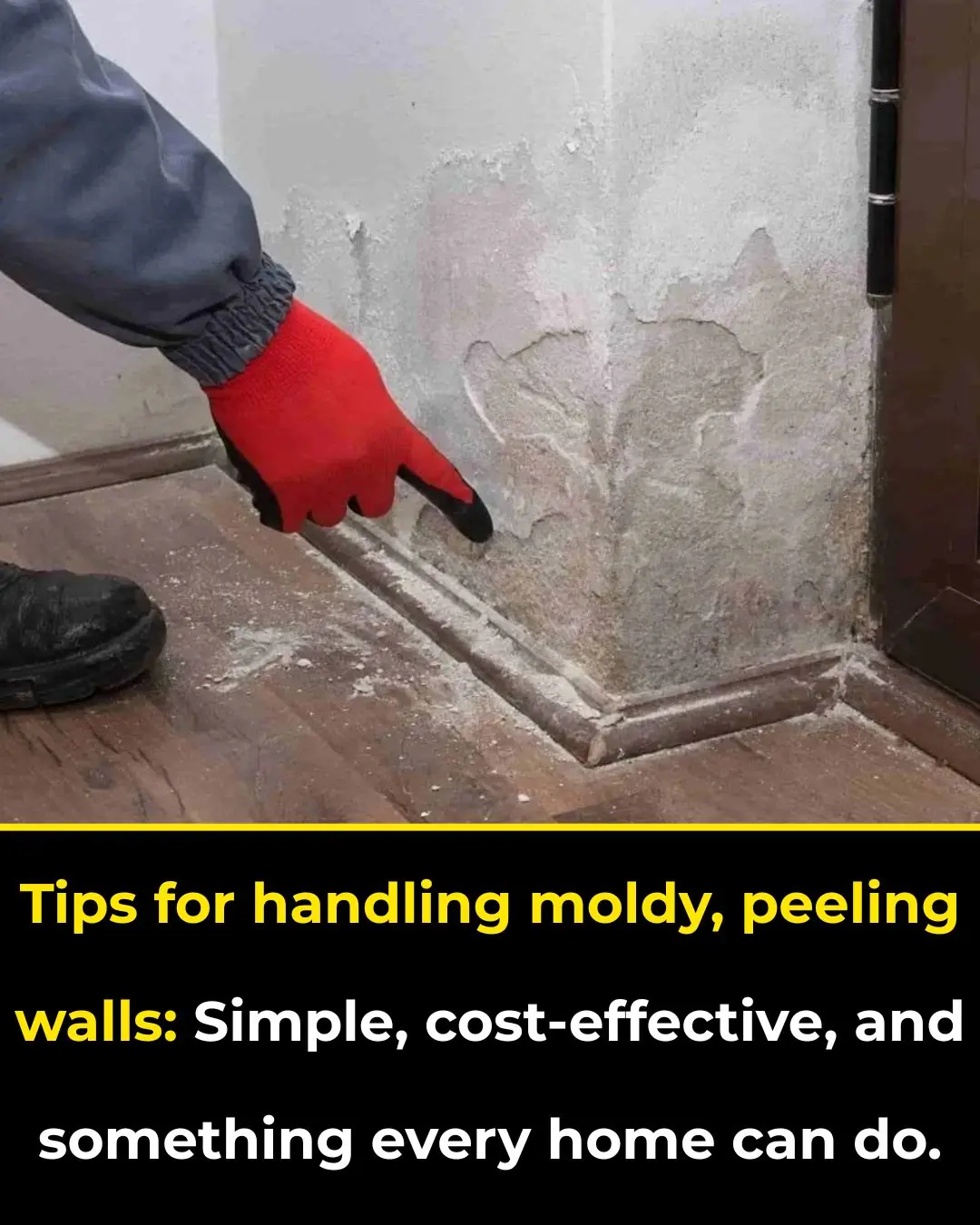
Moldy, peeling walls—simple, cost-effective fixes any home can do

No matter how rich you are, don’t place these 4 items next to the TV — or you’ll face many disadvantages
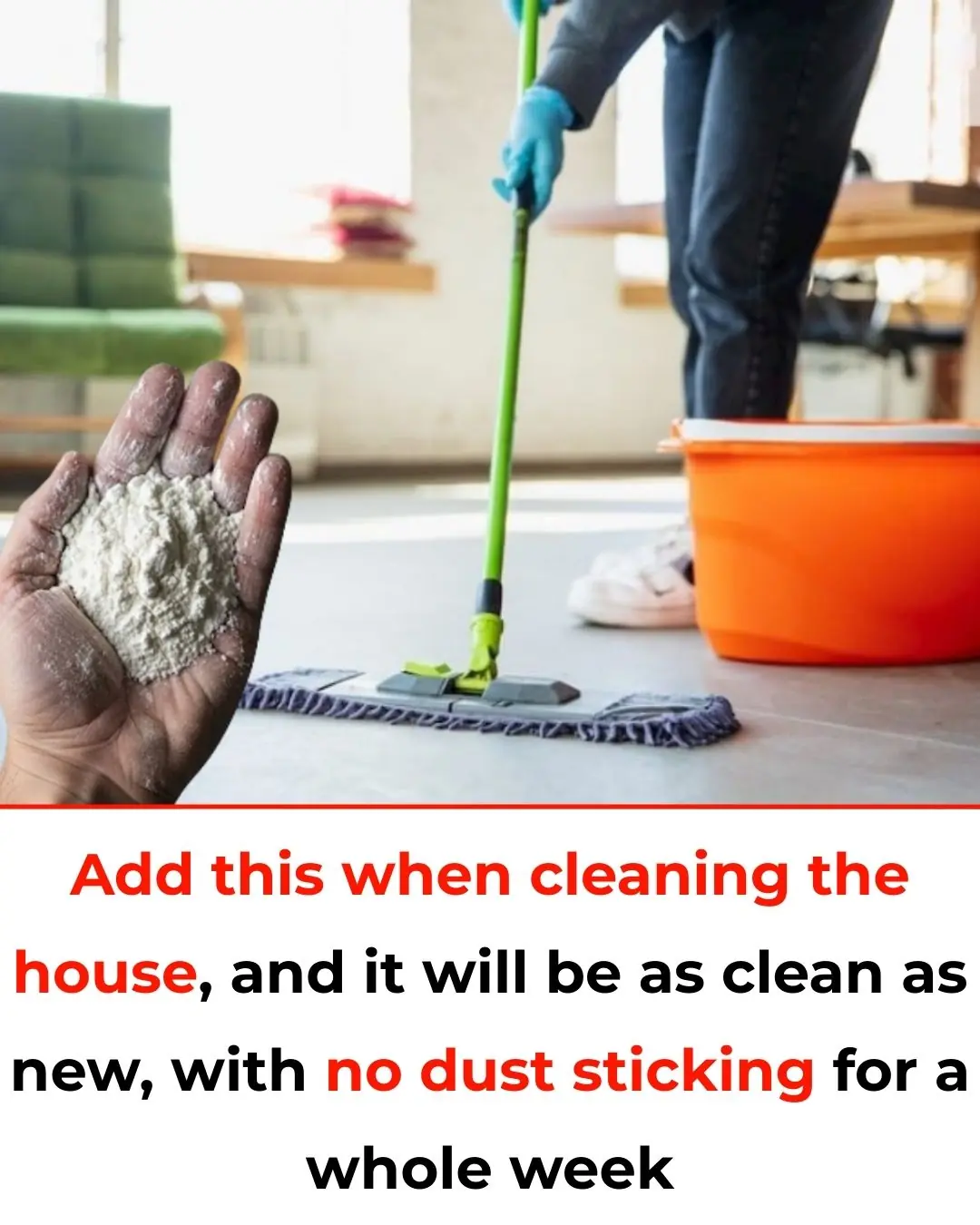
The Secret Ingredient for a Dust-Free Home for a Whole Week

The Super Vegetable That Grows Green and Is Packed with Vitamin C—10 Times More Than Oranges and Lemons!

Why Smart People Keep This Jar in the Bathroom: The Surprising Benefits You Need to Know
News Post

Rob Gronkowski forgot he invested $69,000 in Apple and ten years later the value has completely changed his net-worth

Scientists discover that powerful side effect of Ozempic could actually reverse aging
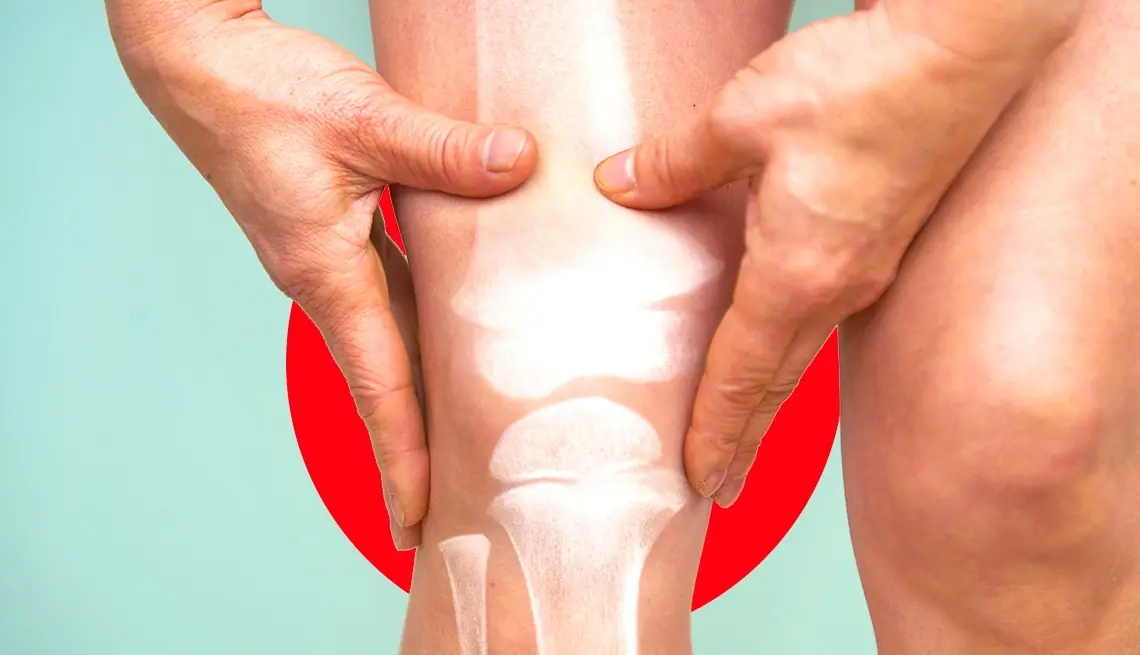
5 Common Habits That Are Slowly Destroying Your Knees Right Now

14 Powerful Benefits of Walking That Completely Change Your Body and Mind
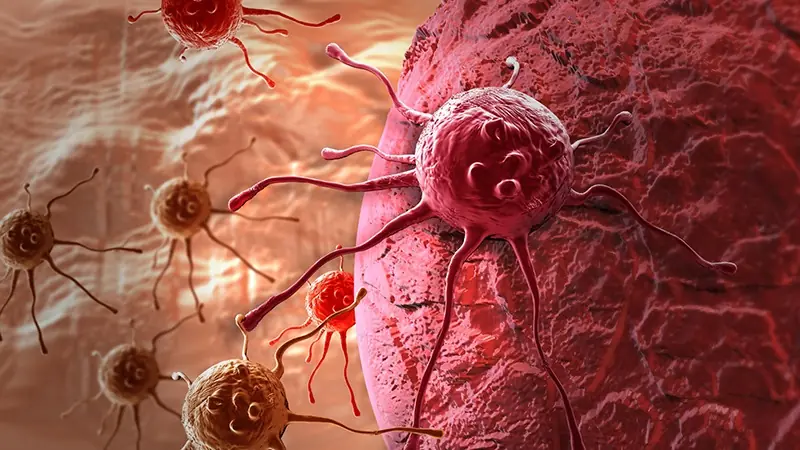
These 5 Foods Are Fueling Cancer in Your Body. Number 1 Will Surprise You

8 Common Reasons For Waking Up at Night
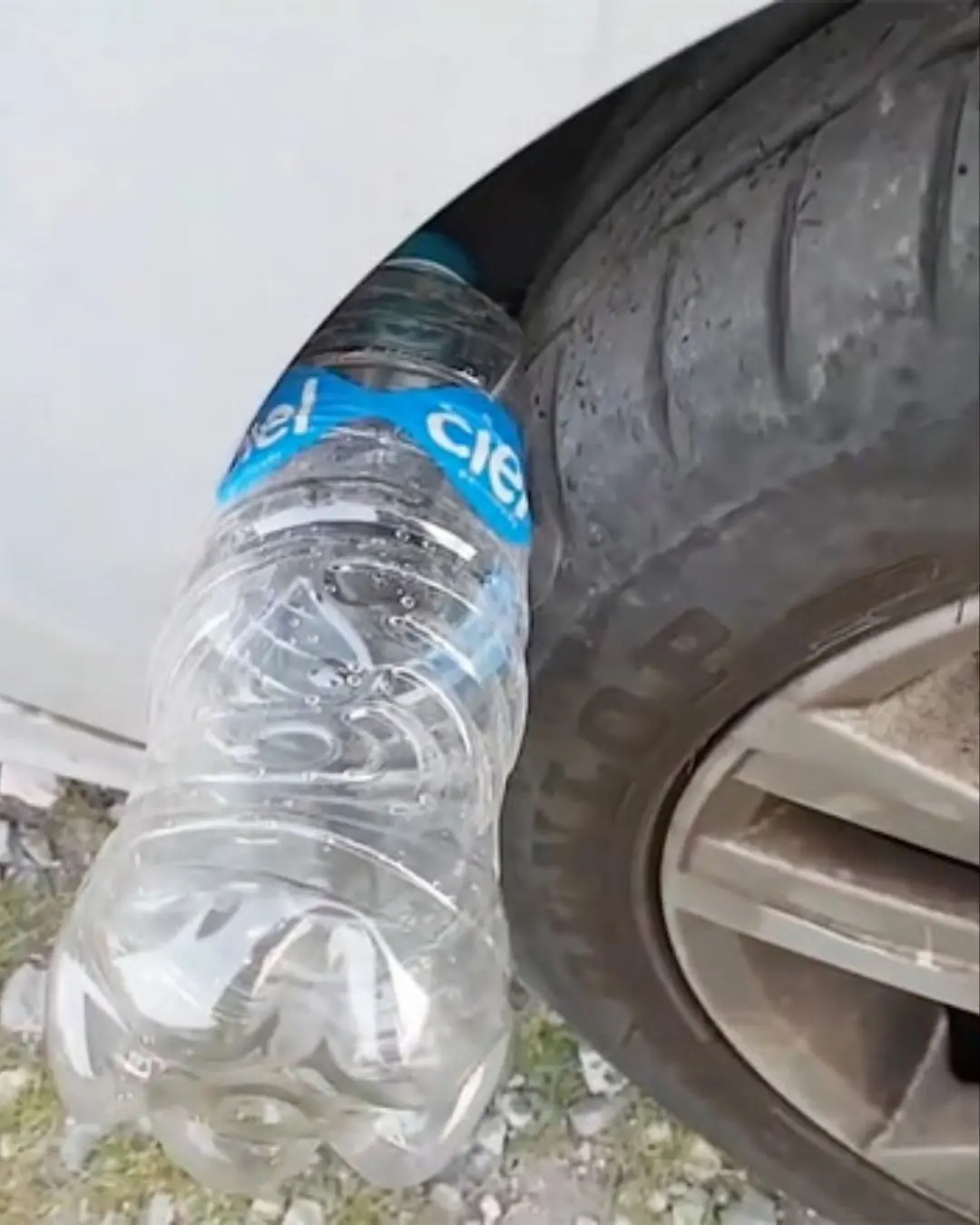
Beware of the Plastic Bottle Scam: A New Car Theft Tactic

Scientists warn ancient Easter Island statues could vanish in a matter of years

NASA astronaut describes exactly what space smells like and it's not what you'd expect

Don’t Clean the Fridge with Plain Water—Mix This In and It’ll Be Spotless and Odor-Free

Put a Handful of Pepper Under the Bed and Something Unexpected Happens—Something Bed Sellers Never Tell You

Rice Left in the Rice Cooker Overnight—Can You Still Eat It? The Answer May Surprise You

Oil Keeps Splattering When You Fry? Add This One Ingredient to the Pan—No More Splashes or Sticking

Clogged Kitchen Sink Drain? Don’t Rush to Call a Plumber—Try This to Clear It and Eliminate Odors

Washing Machine Loud and Shaking During Spin? Don’t Rush to Call a Technician—Do This and It’ll Run Smoothly

Should You Seal the Room When Running the Air Conditioner? Five Errors That Can Double or Triple Your Power Usage

Using an Electric Kettle: 9 Out of 10 Homes Make This Common Mistake – It’s Worth Reminding Family to Correct It Early
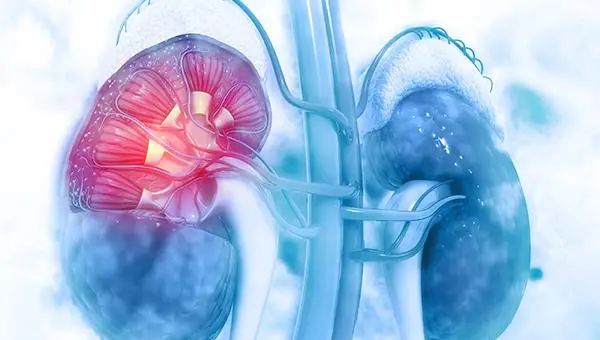
Early Signs of Kidney Disease and How to Protect Your Kidneys (Evidence-Based)
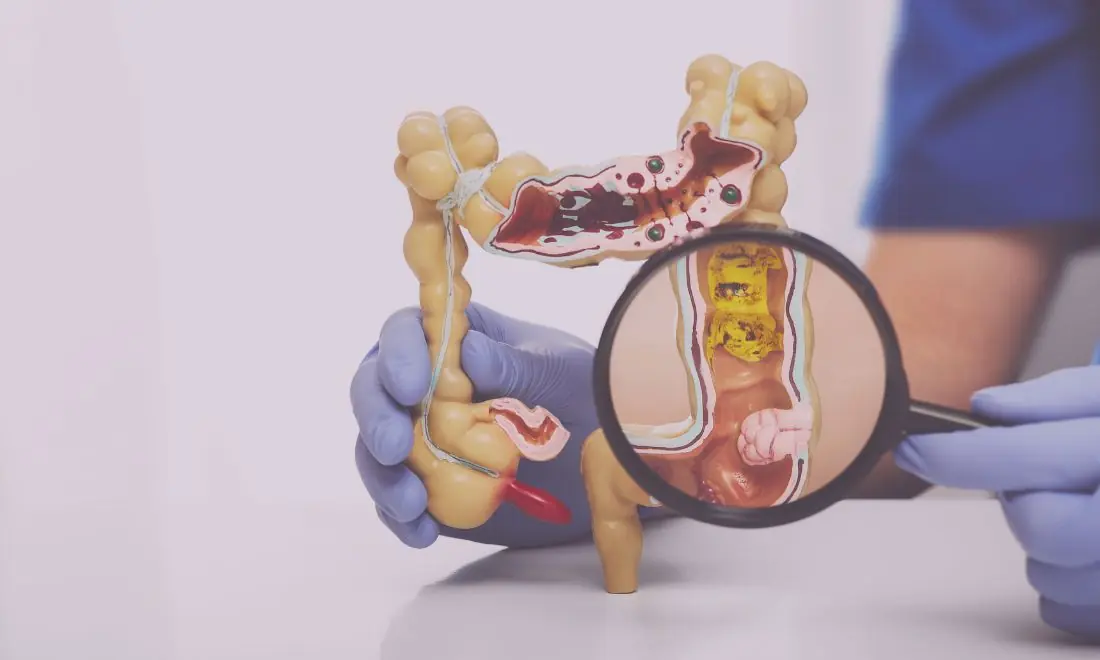
Colon Cleansing with Kefir and Flaxseed: A Natural Approach
